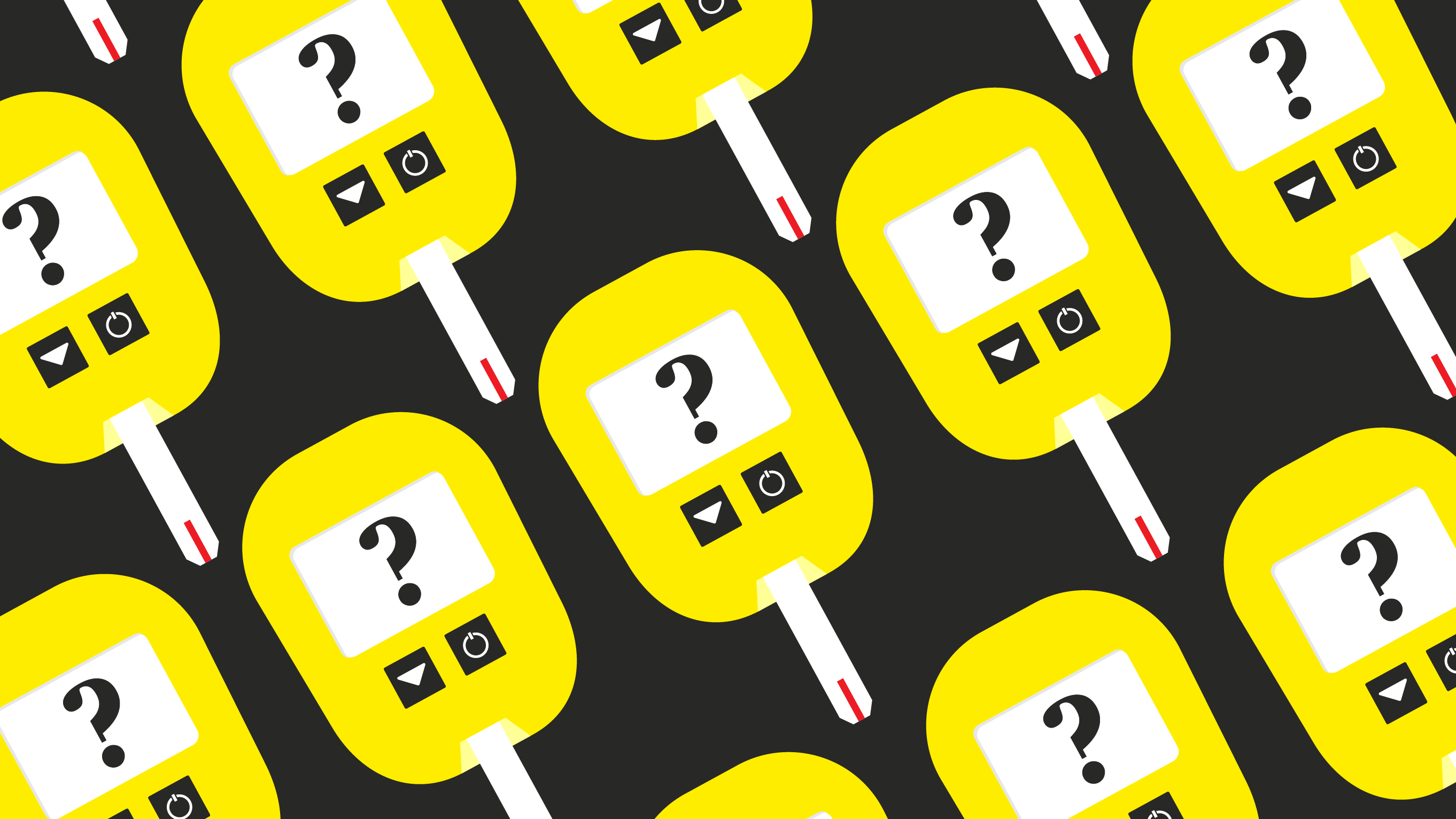Ask a Provder: When do you Prescribe Insulin for People Living with T2D?
Written by: Beyond Type 1 Editorial Team
2 minute read
February 28, 2023
Anne Peters, MD explains when she would prescribe insulin for a person living with Type 2 diabetes.
Anne L. Peters, MD, is a professor of clinical medicine at the Keck School of Medicine of the University of Southern California and the Director of the USC Clinical Diabetes Programs. She runs diabetes centers in Beverly Hills and in underserved East Los Angeles. Beyond Type 2 recently asked Dr. Peters about when she suggests starting a patient with Type 2 diabetes on insulin.
Beyond Type 2: Thanks for talking with us today Dr. Peters. As an endocrinologist, at what point do you decide to prescribe insulin to your patients living with T2D?
Dr. Anne Peters: The ADA guidelines say that the first injectable should be a GLP-1 receptor agonist. I agree with that except when you are in a resource poor area or people can’t afford it, than insulin would be much cheaper if you use NPH.
But what I really believe, and this is just the best in class, the best in class for type 2 diabetes is some combination of metformin, a GLP-1 receptor agonist and an SGLT-2 inhibitor, because those three agents control glucose, reduce risk of all sorts of other outcomes, heart failure, CKD, all that. If somebody already has CKD or heart failure or CVD, you’re going to want to even avoid metformin. You can just put them on the others.
But let’s just say that you want someone’s glucose to come down and all those other risk factors to be accounted for, metformin and SGLT-2 inhibitor, and SGLT receptor agonists are great.
If their A1C keeps going up, then I put them on basal insulin.
Because I use so much CGM in my patients … I can see if the driver of the increase in A1C is prandial. And if it turns out to be a lot of postprandial highs and giving basal insulin has very little role, then I actually put those people on a pump.
So it really depends. And that’s where the Omnipod 5 comes in, because I think it’s easier. I’ve had a lot of success. But not everybody with type 2 has the same pattern at all of when and how they need insulin. And we didn’t know that before. So the next step is always basal insulin, but if you start looking at patterns, you realize that as glucose levels escape whatever drugs you’re on, then adding an insulin has to be considered carefully because otherwise you can make people low.
It isn’t simple, and it isn’t simple because we can now see the trends with the CGM, but that’s okay. I think we’re doing better, but we’re learning more. I think that type 2 diabetes is a thousand different forms of diabetes, because not everybody’s the same subtype. Not everyone has this much defect in insulin secretion and this much insulin resistance. It’s really varied.
Listen to Dr. Peters’ Response Below:
Educational content related to smart pen technology is made possible with support from Lilly Diabetes, an active partner of Beyond Type 1 at the time of publication. Editorial control rests solely on Beyond Type 1

Author
Beyond Type 1 Editorial Team
Beyond Type 1 is the largest diabetes org online, funding advocacy, education and cure research. Find industry news, inspirational stories and practical help. Join the 1M+ strong community and discover what it means to #LiveBeyond a diabetes diagnosis.
Related Resources

Hyperglycemia—or high blood sugar—can sneak up on you, whether it’s from a missed dose, a...
Read more

Curious about how to join a diabetes clinical trial? If so, good on ya’, because...
Read more

Diabetes clinical trials pave the way for how we manage and treat type 1 and...
Read more

